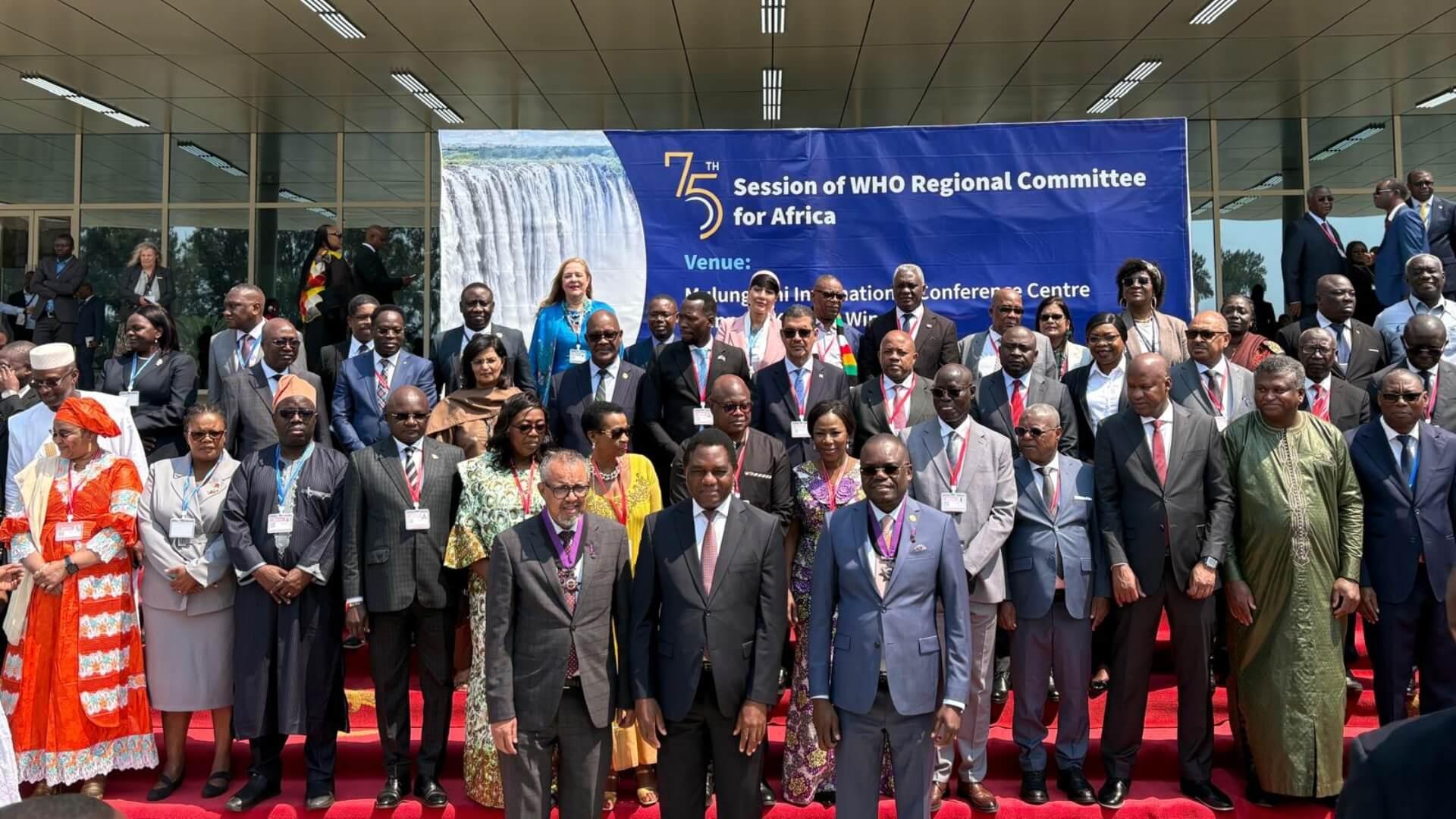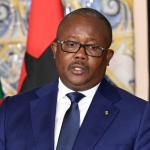At Lusaka’s WHO regional meeting, Africa CDC and WHO introduced a new, integrated cholera preparedness plan aiming to end deadly outbreaks on the continent by 2030.
On August 26, 2025, Africa CDC and the World Health Organization (WHO) launched the Continental Cholera Emergency Preparedness and Response Plan 1.0.
The event took place at the 75th Session of the WHO Regional Committee for Africa in Lusaka, Zambia. The plan is led by H.E. President Hakainde Hichilema, the African Union Champion on Cholera.
It sets bold targets to drastically reduce cholera deaths and eliminate the disease in more than 20 African countries by 2030.
Cholera remains one of Africa’s deadliest diseases. It causes the majority of the world’s cholera cases and deaths. The disease mainly affects vulnerable communities with poor water, sanitation, and healthcare access.
Recognizing the crisis, African leaders and health ministers met alongside partners like UNICEF, Gavi, The Global Fund, and the Gates Foundation.
They pledged to increase funding, improve coordination, and expand vaccine access under this continental framework.
The response plan builds on the Africa CDC’s Incident Management Support Team (IMST) model. This model was effective during the recent mpox outbreak. By integrating cholera response into IMST, Africa CDC plans to use shared resources and coordination.
This approach follows a “4-One” principle: one team, one plan, one budget, and one monitoring framework. The goal is to ensure quick, unified action across the continent.
President Hichilema emphasized the need for strong political leadership and accountability. He called for presidential task forces on cholera in affected countries.
These task forces should coordinate the health, water, sanitation, and finance sectors. He said, “Ending cholera is more than a health goal; it’s a commitment to human dignity and economic opportunity.” He urged governments to increase domestic funding and reduce reliance on foreign aid.
The plan focuses on three main goals. It aims to cut cholera deaths by 90%, eliminate the disease in over 20 countries, and keep case fatality rates below 1%. A new Continental Task Force will support outbreak detection, lab surveillance, risk communication, vaccination, and water, sanitation, and hygiene (WASH) improvements.
The plan includes pre-positioning supplies, mapping hotspots, and boosting vaccination efforts, especially in high-risk areas like Angola, DRC, Sudan, and South Sudan.
Data from 2024 highlights the urgency. More than 800,000 cholera cases and nearly 6,000 deaths were reported in 33 African countries last year.
Africa CDC Director-General Dr. Jean Kaseya pointed to fragmented coordination, underinvestment in WASH, and weak cross-border surveillance as key challenges worsening cholera’s spread.
Regional cooperation is a core element of the plan. President Félix Tshisekedi of DRC reaffirmed support for cross-border collaboration and local vaccine production. Angola’s President João Manuel Gonçalves Lourenço stressed investing in safe water and sanitation as essential for economic growth.
WHO Director-General Dr. Tedros Adhanom Ghebreyesus praised African leadership on the issue. He promised continued technical and operational support through the Global Task Force on Cholera Control. UNICEF, Gavi, and other partners also committed to scaling up vaccine supplies and diagnostics. Their support is vital for the multisectoral approach to succeed.
The cholera response plan launched in Lusaka marks a major step forward in Africa’s fight against the disease. It combines political will, innovative integrated management, and multisectoral efforts.
The plan charts a clear course toward a cholera-free Africa by 2030. It offers renewed hope for health, dignity, and opportunity for millions across the continent.
Leave a comment
Your email address will not be published. Required fields are marked *




